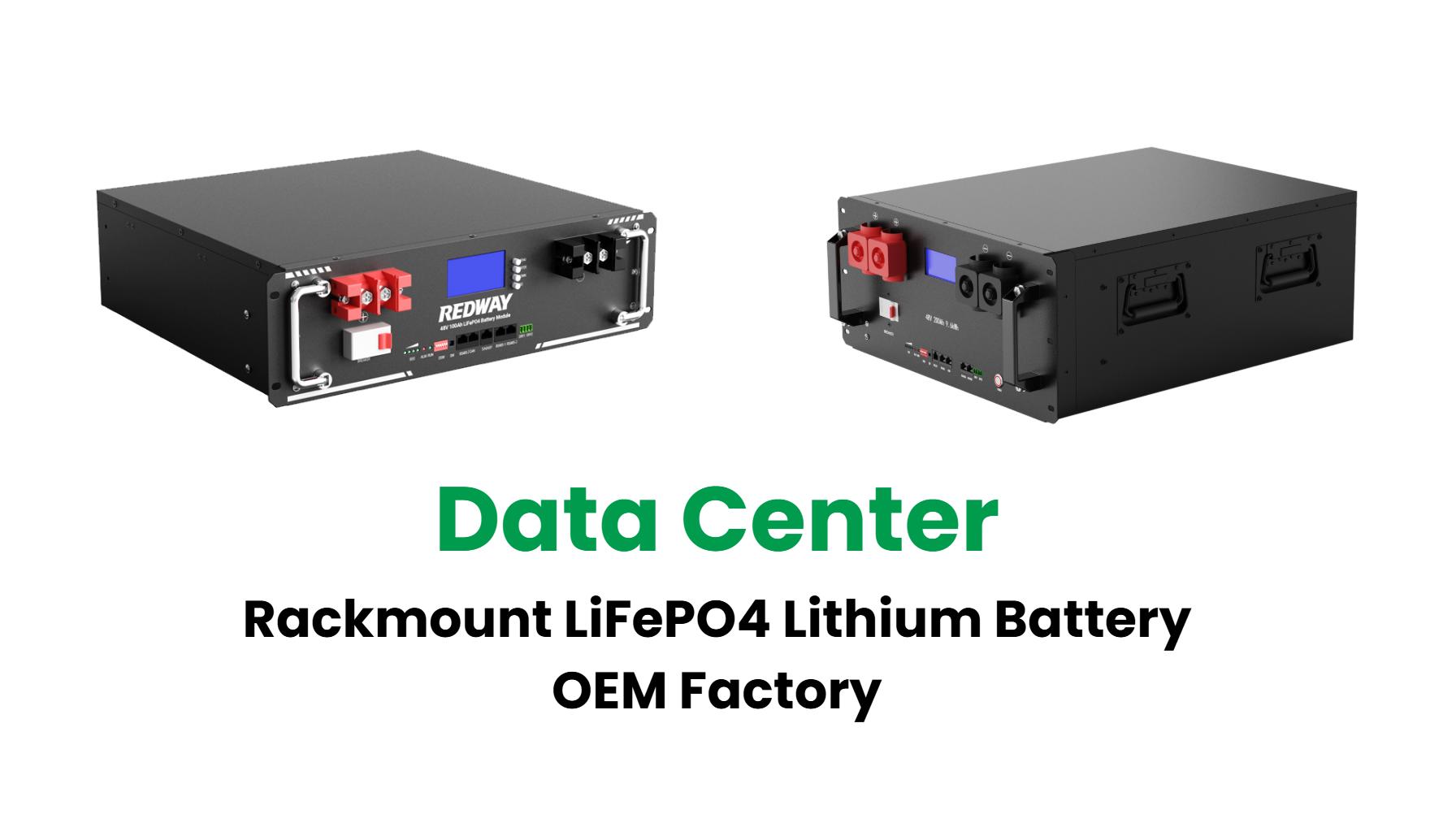Data center battery backup systems ensure uninterrupted power during outages, protecting critical operations. Key factors include battery type (e.g., lithium-ion vs. lead-acid), runtime scalability, maintenance protocols, and integration with existing infrastructure. These systems prioritize reliability, efficiency, and adaptability to meet evolving energy demands and minimize downtime risks.
How Do Lithium-Ion Batteries Compare to Lead-Acid in Data Centers?
Lithium-ion batteries offer higher energy density, longer lifespan (10–15 years), and faster charging than lead-acid alternatives. They require less space, reduce cooling costs, and tolerate partial charging without capacity loss. Lead-acid batteries, while cheaper upfront, demand frequent maintenance, occupy more space, and degrade faster under high temperatures or inconsistent charging.
Why Is Runtime Scalability Vital for Battery Backup Systems?
Runtime scalability allows data centers to adjust backup power duration based on load demands and outage risks. Modular systems enable incremental capacity expansion, ensuring cost-efficiency and flexibility. Scalability future-proofs operations against growing energy needs and supports hybrid configurations combining batteries with generators or renewable sources.
What Maintenance Practices Extend Battery Backup Lifespan?
Regular thermal inspections, voltage calibration, and state-of-charge monitoring prevent premature aging. Lithium-ion systems benefit from built-in Battery Management Systems (BMS) that automate diagnostics. For lead-acid, electrolyte level checks and terminal cleaning are essential. Proactive replacement of degraded cells and adherence to manufacturer guidelines optimize performance and reliability.
How Do Data Centers Integrate Batteries with Renewable Energy?
Battery systems store excess solar or wind energy, providing backup power while reducing grid dependence. Advanced inverters and microgrid controllers manage energy flow between renewables, batteries, and loads. This integration lowers carbon footprints, stabilizes energy supply during fluctuations, and aligns with sustainability goals, though it requires compatibility testing and smart load-balancing algorithms.
What Are the Hidden Costs of Battery Backup Systems?
Beyond upfront costs, consider cooling infrastructure upgrades, disposal fees for toxic materials, and software licensing for monitoring tools. Lithium-ion may require fire suppression systems, while lead-acid needs ventilation. Total Cost of Ownership (TCO) analyses should factor in energy efficiency gains, maintenance labor, and potential downtime penalties.
Can Data Centers Use Second-Life Batteries for Backup?
Second-life EV batteries repurposed for data centers reduce costs and environmental impact. While their capacity is lower (70–80% of original), they suit less critical loads or shorter backup durations. Challenges include inconsistent performance metrics, limited warranties, and complex integration with existing BMS. Rigorous testing and tiered deployment mitigate risks.
Expert Views
“Lithium-ion adoption is accelerating, but hybrid systems blending battery chemistries will dominate for redundancy,” says a Redway Power expert. “Future backups will leverage AI-driven predictive analytics to preempt failures and optimize charge cycles. Data centers must also prepare for stricter regulations on battery recycling and carbon-neutral operations.”
Conclusion
Selecting a data center battery backup requires balancing performance, cost, and sustainability. Lithium-ion leads in efficiency, but legacy systems still play niche roles. Scalability, smart maintenance, and renewable integration are non-negotiable for future-ready infrastructure. As regulations tighten, proactive adaptation ensures compliance and uninterrupted service in an energy-evolving landscape.
FAQ
How Long Do Data Center Batteries Last?
Lithium-ion batteries last 10–15 years, while lead-acid typically requires replacement every 3–5 years. Lifespan depends on cycle frequency, depth of discharge, and ambient temperature control.
Are Batteries Safer Than Generators for Data Centers?
Batteries provide instant power without fuel storage risks or emissions. However, lithium-ion poses fire hazards if improperly managed. Generators suit prolonged outages but have higher maintenance and noise pollution. Hybrid systems combine both for balanced safety and runtime.
What Regulations Govern Battery Backup Systems?
NFPA 855 standards dictate installation safety, spacing, and fire suppression for lithium-ion. ISO 50001 guides energy efficiency, while local codes may mandate recycling protocols for lead-acid. Compliance ensures operational legality and insurability.




